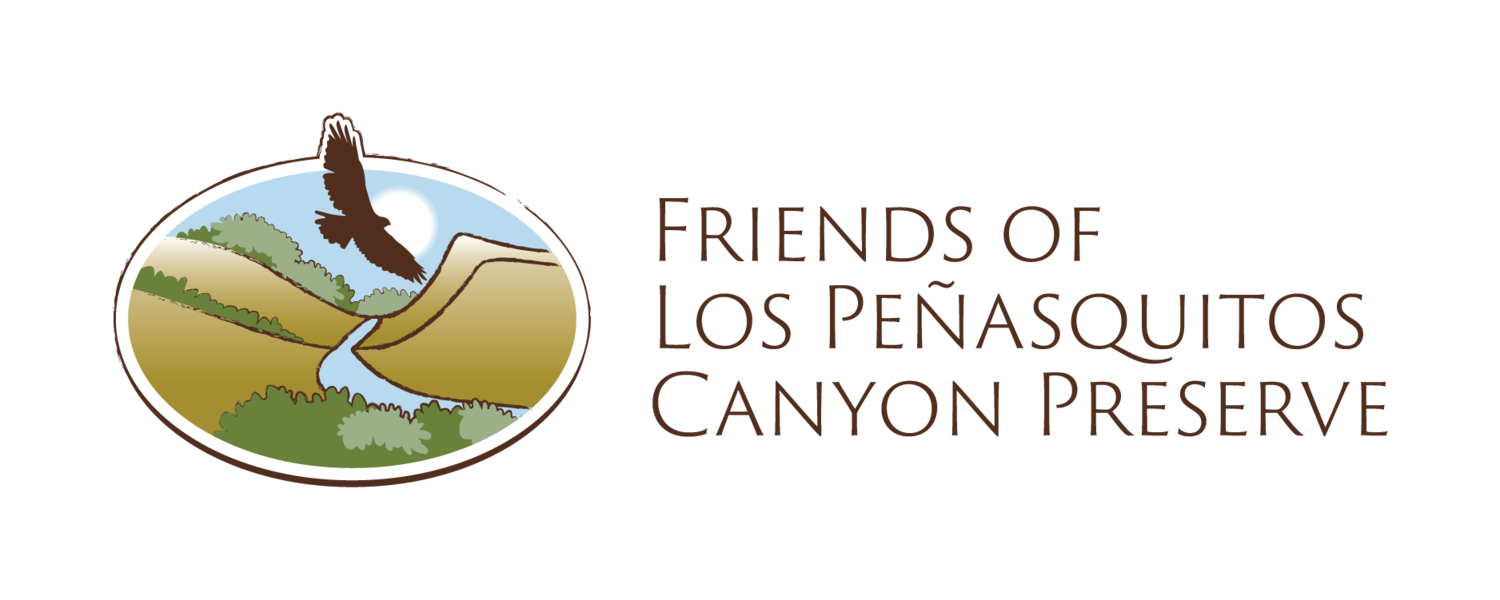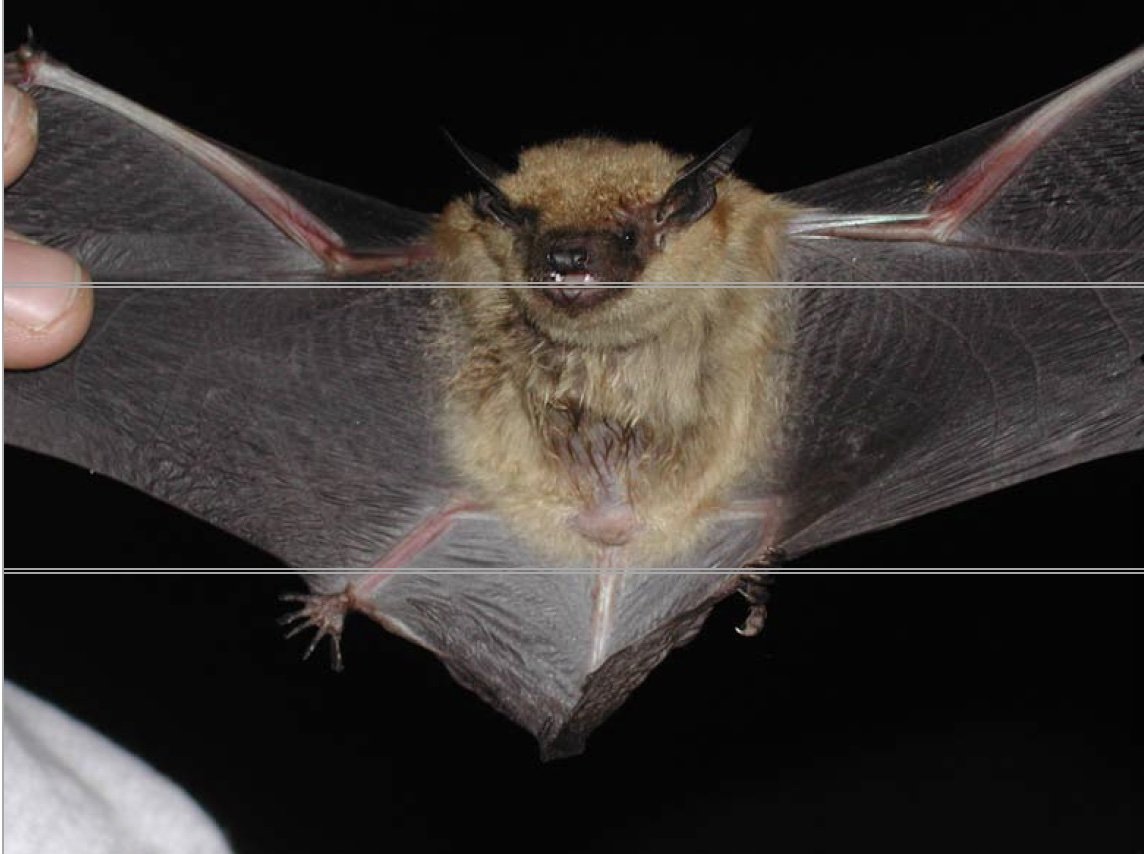Bats in Los Peñasquitos Canyon Preserve?
by Mike Kelly
Yes. There are bats in Los Peñasquitos Canyon Preserve. And if you’re one of the lucky people to get a spot on one of the City Rangers’ bat walks this October, you might get a chance to see, or, more likely, hear one of our species of bats.
My source for the information on our local bat species are:
the 2005 U.S. Geological Survey’s “Bat Inventory of the Multiple Species Conservation Program Area in San Diego County, California,” co-authored by Stokes et al.
“Bat management in San Diego County” by Myers et al.
Both reports are available for downloading from the website of the San Diego Management & Monitoring Program. Go to the site and search the documents icon for “Bats.” I recommend reading the full reports.
Twenty-two bat species have been detected in the County historically. The 2002-2004 study found 16 of these in the several Multiple Species Conservation Plan (MSCP) areas studied, including our own Los Peñasquitos Canyon Preserve. It’s important to note that these conserved areas are a modest portion of the county.
The earlier study identified 5 species of concern of the 22 species: the California leaf-nosed bat, the western red bat, the Townsend’s big-eared bat, the pallid bat, and the western mastiff bat. Of these 5 concerned species we have the western red bat, confirmed in the 2002-2004 study.
How were these bats found? The techniques included mist-nets, hand-nets, visual observations, foraging surveys, roosting surveys, Anabat II eco locator, spot-lighting and unaided human ear listening. Surprisingly, the unaided human ear was better at identifying certain bat species than the Anabat II eco locator! While leading night-time hikes in the Preserve over the space of some thirty years I’ve heard bats eco-locating overhead. It’s always been an easy to hear clicking sound. Occasionally I or someone else would be lucky enough to see the bat itself. I have no idea which species it was. We always attributed the lack of mosquitoes on our hikes to the bats. I don’t know if that was really the case or not. About 33% of bats are nectar or fruit-feeding. Most of the rest are insectivorous, eating insects.
The surveys back in 2002-2004 indicate we have 7 species of bats in our Preserve. These are the Western red bat, mentioned earlier, Yuma myotis bat, Mexican free-tailed bat, Big brown bat, western mastiff bat, California myotis bat, and the Hoary bat.
Of special interest is where some of the California myotis bats were found. The scientists found them in two of our bat boxes. At the time we had two sets of bat boxes, one brown, one white, at two locations. One set was between Peñasquitos Community Creek Crossing and Carson Crossing on the north side of the creek, just outside of the forested riparian strip. When I lead my night hikes past there I always stop and point out the box and ask my visitors, what do you think that is? A bird box was the usual answer, but occasionally someone would get it right: a bat box. Ours are slim, vertical and have an opening at the bottom, facing out. The other set was just east of the waterfall, on the south side of the creek. They found one California myotis in one of the brown boxes, while in the other brown box they found 10 California myotis! Now only the brown boxes are left.
An official recommendation of the USGS report: “We recommend the construction and placement of various types of artificial bat houses in a variety of areas on preserve land. We’ll make this a priority with future scout projects.”
Perhaps because we don’t see bats, since they’re nocturnal, we’re not as aware that they’re a vital part of our ecosystems. A third of bat species are nectar or fruit eaters, making them pollinators of a wide variety of our plants. There are some species of plants they are the only pollinators of. And of course, other species eat tons of insects, a check and balance of the latter population.
Both reports detail a variety of threats that help explain the decline of many bat species and their numbers. Worldwide there’s been a loss of about 25% of bats. Loss of habitat, sheer space and volume of habitat is an obvious factor due to urban and related development. The overuse of pesticides is another factor in this decline. So are invasive plants and the changes they cause in the balance of our ecosystem. Other factors are detailed in the reports.
The Bat Management report makes the case that previous surveys weren’t as frequent or thorough as needed to get an accurate view of the status of the various species. Given how difficult it can be to find and survey bats they lay out a process of prioritizing which species and locations will yield the best data on the overall health of the bat populations.
For a good source of information on how to conserve bats and their habitats visit Bat Conservation International (www.batcon.org).






